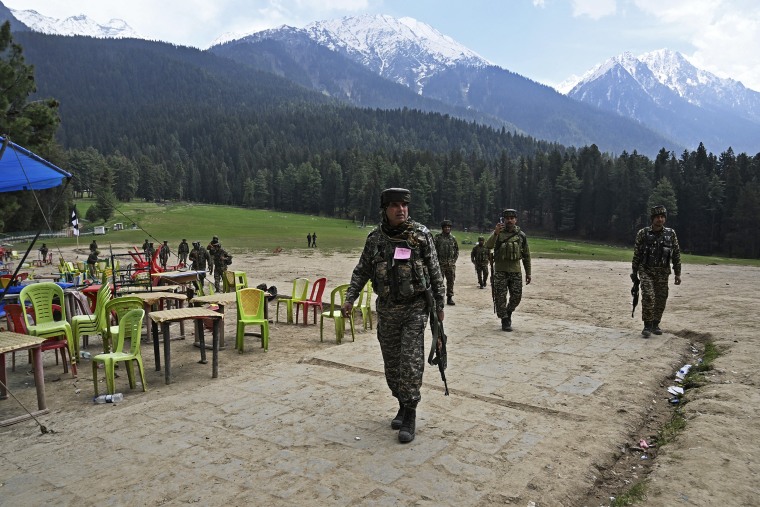Militants involved in the Pahalgam terror attack had established a presence in Baisaran meadow two days prior to the assault, according to information obtained during the interrogation of arrested Over Ground Workers . This revelation has intensified scrutiny of local support networks and raised questions about lapses in surveillance in the region.
On April 22, gunmen opened fire on tourists in Baisaran, near Pahalgam, resulting in 26 deaths and numerous injuries. The attack, claimed by the Resistance Front , a proxy of Lashkar-e-Taiba, is considered one of the deadliest in the region in recent years. Investigations have identified five perpetrators, including three Pakistani nationals and two local operatives, Adil Guri and Ahsan. Authorities have released sketches of the foreign militants and announced a bounty for information leading to their capture.
The National Investigation Agency has taken over the case, conducting forensic analyses and interrogating suspects to piece together the events leading up to the attack. Preliminary findings suggest that the militants chose Baisaran due to its lack of security presence and difficult terrain, which hindered rapid response efforts. The attackers, armed with automatic weapons and dressed in military-style fatigues, reportedly filmed the assault using helmet-mounted cameras.
Further investigations have uncovered a network of 14 local individuals providing logistical support to the militants. These individuals, affiliated with groups like Hizbul Mujahideen, Lashkar-e-Taiba, and Jaish-e-Mohammed, are believed to have facilitated the attackers’ movements and provided essential resources. Security forces have launched operations across South Kashmir to apprehend these suspects and dismantle the support infrastructure.
The involvement of former Pakistani military personnel in the attack has also come to light. One of the militants, identified as Hashim Musa, is a former Pakistani commando who transitioned into militancy. His military training is evident in the tactical execution of the attack, which included a 22-hour trek through challenging terrain to reach the target location. Investigators believe that such operations are part of a broader strategy to destabilize the region and deter tourism.




 India Blocks 16 Pakistani YouTube Channels
India Blocks 16 Pakistani YouTube Channels 